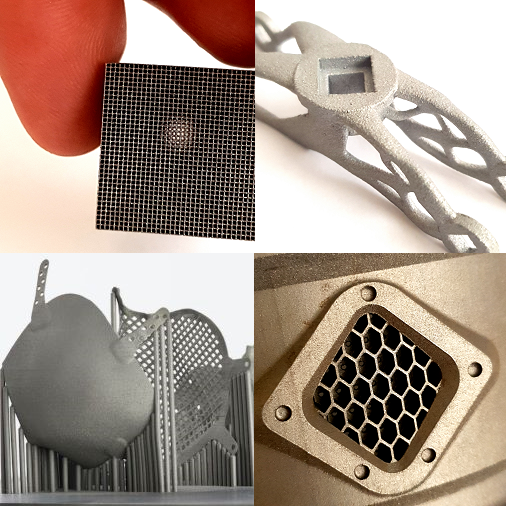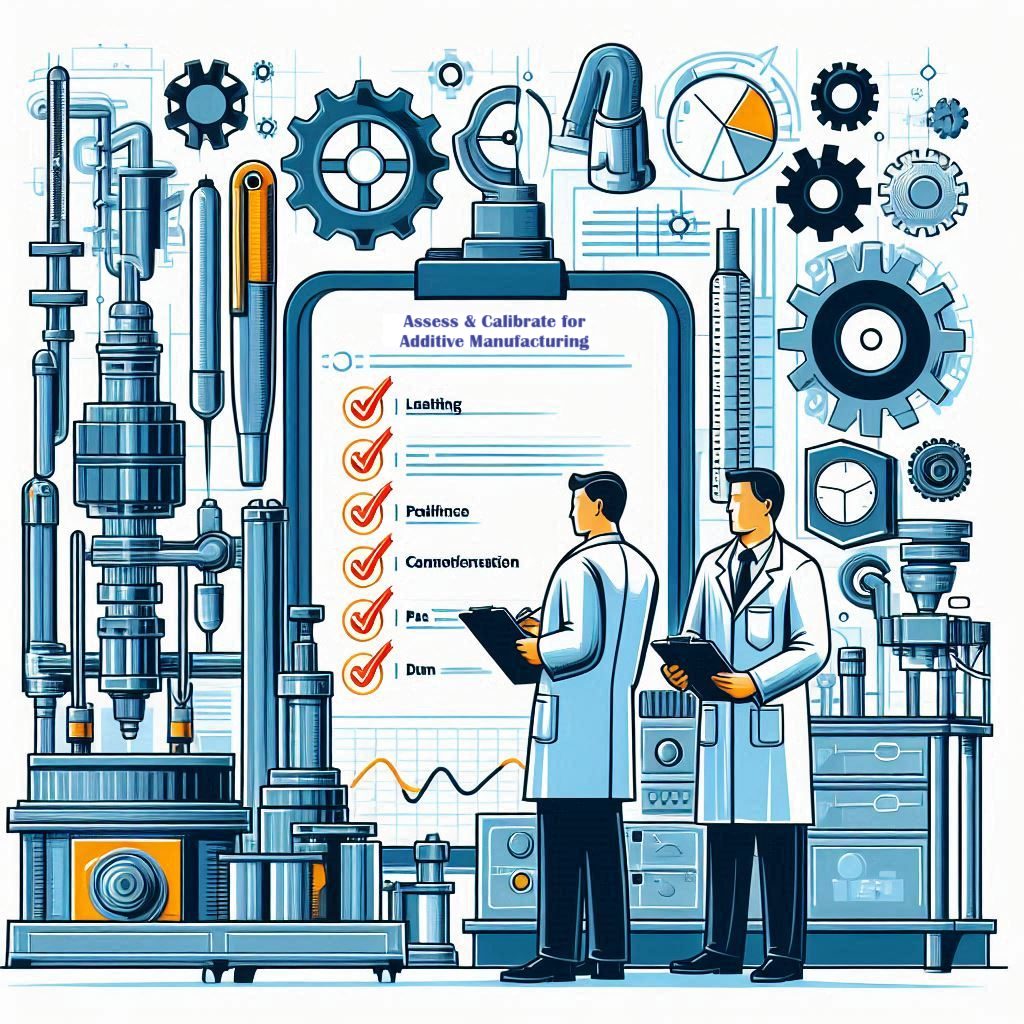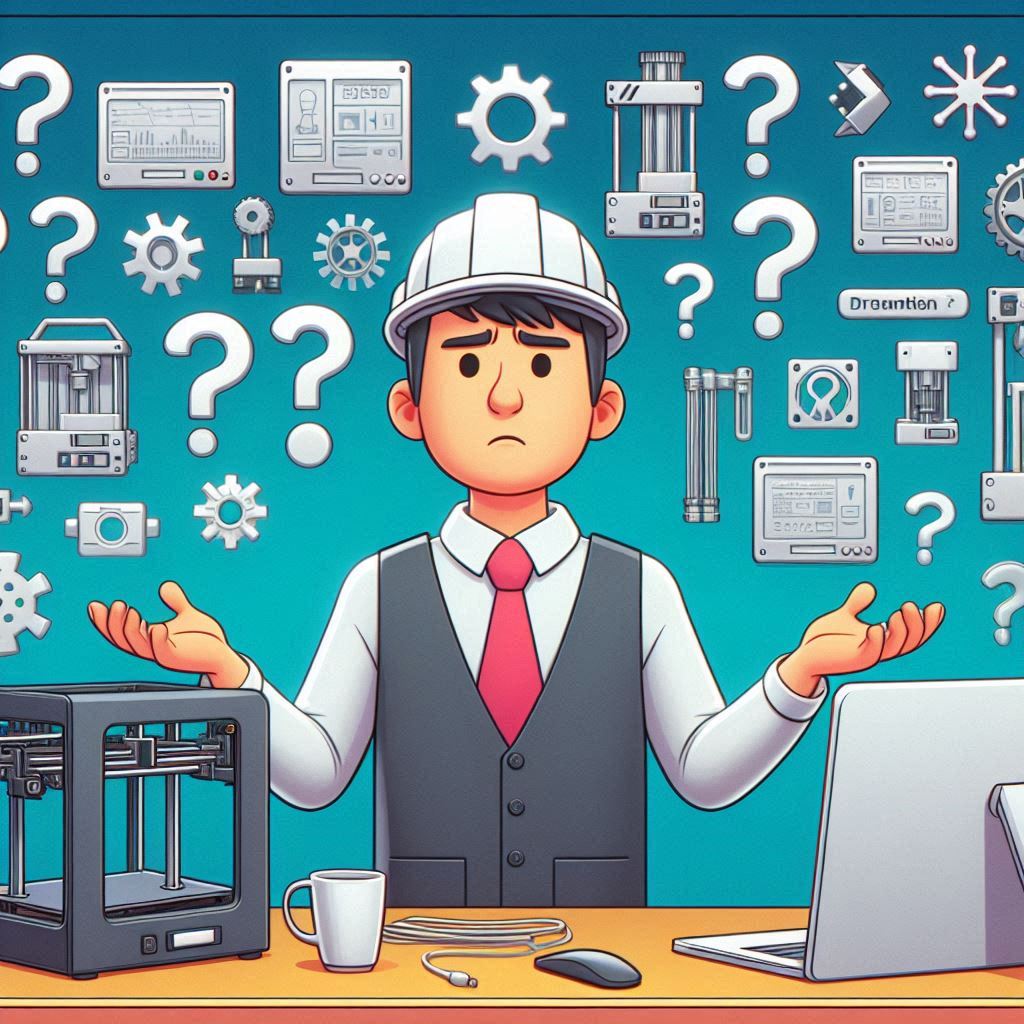Powder production
Metal alloy powders are mainly produced by a process referred to as atomising, though in recent years various alternatives have been developed and are becoming popular. None of the powder process act at the atomic level, but they do make extremely fine powders in the range of a few microns up to a few hundred microns. In this context, atomisation refers only to the process of forming very fine droplets from a liquid metal. Once formed, the droplets rapidly solidify into powder particles that can be spherical or irregular in shape, referred to as the morphology. The main manufacturing processes for metal powders are Gas Atomisation (GA) and Water Atomisation (WA). However, the methods to melt the metal and the types of feedstock necessary for each process is quite varied. Of course, this does not cover everything and there are many other methods for the manufacture of metal powders. Additive Manufacturing has been a bit of a catalyst for new methods as well. Nowadays, there are methods ranging from very basic crushing to using reactions in chemical solutions and the interaction of different gas phases. There are methods that allow reprocessing, such as spherodising, and even mechanical grinding. It’s a very innovative landscape, particular in the pursuit of sustainability, and hybrid solutions using combinations of other processes are also appearing. We must keep a constant eye on this industry to stay up to date with all the latest advances in technology and processing.
Water Atomisation
On the whole, water atomisation is the highest volume metal powder production process, though some individual alloys are produced in greater volumes by gas atomisation. The majority of WA powder is used in non-additive manufacturing processes, such as press and sintered Powder Metallurgy (PM), and the ever more popular Metal Injection Moulding (MIM) industry. In WA, a metal is first melted in a large crucible, poured into a tundish and then flows through a small orifice as a stream of molten metal that is blasted by high pressure water jets. The water cools the metal very quickly, and in sub-optimised processes the droplets solidify as irregular particles since they do not have time to spherodise. However, due to the demands of the MIM sector producers do have optimised processes for making very fine particles, smaller than 30 µm, and desirably less than 20 µm, and these do tend to be more spherical. The outsized particles from this production can then be used for AM, powder bed processes , for instance.
Gas Atomisation
In the absolute most simple sense GA is the same as WA, it produces fine metal powder, and in the most technological simple process, the only difference from the process described above is the use of a gas jet instead of a water jet. All similarities stop there though since even with this most simple GA process, there is the choice of gas that can next define the type and quality of powder being produced. From the most economical, air, to the most expensive, helium. However, the choice of gas can also be applied to the melting stage since in many GA processes even the feedstock metal is melted under an atmosphere. In the most basic of these processes a gas hood or shroud is either placed over the crucible prior to melting, or immediately after the metal has melted and before it is poured into the tundish. In the most complex set-ups the melting stage is fully shielded by inert gas (IGA), or even carried out under vacuum, Vacuum Inert Gas Atomisation (VIGA). Following the melting stage, there are two general forms of GA: Close-Coupled, where the gas nozzle is positioned close to the molten metal stream, allowing for reduced gas consumption, and Free-Fall, where the molten metal falls freely through the directed gas jet breaking into fine droplets, reducing the risk of contamination from the nozzle.
There are also several other methods that rely on specific feedstocks and/or other process technologies. These include: Electrode Induction Melted Gas Atomisation (EIGA), Centrifugal Gas Atomisation (CGA), Plasma Atomisation (PA), Plasma Rotating Electrode Atomisation (PREP), and Ultrasonic Atomisation (UA).
Electrode Induction Melted Gas Atomisation (EIGA)
The Electrode Induction Melting Gas Atomization (EIGA) process is a method used to produce high-purity, spherical metal powders. Here’s a brief overview of how it works:
Electrode Induction Melting: A metal electrode is melted using induction heating, which involves generating heat within the electrode itself through electromagnetic induction. This method avoids contamination since it doesn’t require a crucible.
Inert Gas Atomization: Once the metal is molten, it is atomized using a high-pressure inert gas, such as argon or nitrogen. The gas breaks the molten metal into fine droplets, which then solidify into spherical powder particles.
The EIGA process is particularly useful for producing ultra-clean metal powders, especially for reactive and refractory metals. It’s widely used in industries that require high-quality metal powders, such as aerospace, medical, and additive manufacturing.
Centrifugal Gas Atomisation (CGA)
A rotating disk or cone is used to fling molten metal into a gas stream, creating fine droplets. This method is effective for producing powders with a narrow size distribution.
- Molten Metal Stream: The molten metal is directed onto a rotating disk.
- Rotating Disk: The disk spins at high speed, flinging the molten metal outward.
- Gas Stream: High-pressure helium gas streams help break the molten metal into fine droplets.
- Fine Droplets: The droplets solidify into spherical metal powders.
Plasma Atomisation (PA)
Plasma atomisation is a form of gas atomization in which a plasma torch melts the metal, typically in the form of wire, which is then atomised by the plasma gas itself. Plasma atomisation is generally performed under an inert gas atmosphere, such as argon or nitrogen, to prevent oxidation and contamination of the metal powders. This method is ideal for producing high-quality, spherical powders.
Plasma Rotating Electrode Atomisation (PREP)
In PREP, a metal rod or electrode is rotated at high speeds while being melted by a plasma torch. The centrifugal force from the rotation causes the molten metal to be flung off the rod, forming fine droplets that solidify into spherical powders. As such, PREP is a distinctly different method from general centrifugal atomisation methods.
Ultrasonic Atomisation (UA)
High-frequency sound waves vibrate an impingement plate to create fine droplets from the molten metal. This method is known for producing very fine and uniform powders.
Key properties of metal alloy powders:
- High purity, homogeneity, and consistent composition
- Controlled particle size distribution
- Spherical particle shape with high flowability
- Modifiable surface chemistry
Suppliers of Metal Alloy Powders
Some of the major global suppliers of various metal alloy powder types include:
Key Suppliers of Metal Alloy Powders
| Company | Key Products |
|---|---|
| Atomising Systems Ltd | Stainless steels, steels, nickel alloys, cobalt-chrome, copper |
| Sandvik | Stainless steels, steels, nickel alloys, cobalt-chrome, copper, titanium |
| Carpenter | Stainless steels, steels, nickel alloys, cobalt-chrome, copper, titanium, aluminium alloys |
| INDO-MIM | Stainless steels, steels, nickel alloys, cobalt-chrome |
| Circle Metal Powders | Stainless steels, steels, nickel alloys, cobalt-chrome, copper, titanium, aluminium alloys |
| Elementum 3D | Aluminium alloys, nickel alloys, copper alloys |
| Globus Metal Powders | Stainless steels, steels, nickel alloys |
| Pometon | Stainless steels, steels, nickel alloys, cobalt-chrome, copper, titanium |
| Tekna | Nickel alloys, titanium, tungsten, tantalum, aluminium alloys |
| Metalpine | Stainless steels, steels, nickel alloys, copper, titanium, molybdenum |
| Kymera / Ecka Granules | Stainless steels, copper, tungsten, titanium, aluminium alloys |
| Eckart / TLS | Stainless steels, steels, nickel alloys, cobalt-chrome, copper, titanium, aluminium alloys |
| IMR | Nickel alloys, copper, tin, aluminium alloys |
| Constellium | Aluminium alloys |
| Safina | Copper alloys |
| Toyal | Aluminium alloys |
| Linde (Praxair) | Stainless steels, steels, nickel alloys, cobalt-chrome, copper, titanium |
| GKN | Stainless steels, steels, nickel alloys, copper, aluminium alloys |
| Höganäs | Stainless steels, steels, nickel alloys, cobalt-chrome, copper, titanium, aluminium alloys |
| CNPC | Stainless steels, steels, nickel alloys, cobalt-chrome, copper, titanium, aluminium alloys |
| Colibrium | Nickel alloys, titanium alloys |
| ArcelorMittal | Stainless steels, steels, nickel alloys, cobalt-chrome |
| Voestalpine | Stainless steels, steels, nickel alloys, cobalt-chrome |
| Oerlikon | Stainless steels, steels, nickel alloys, cobalt-chrome, copper, titanium, aluminium alloys |
| Valimet | Aluminium alloys |
| Powderloop | Hard metals |




